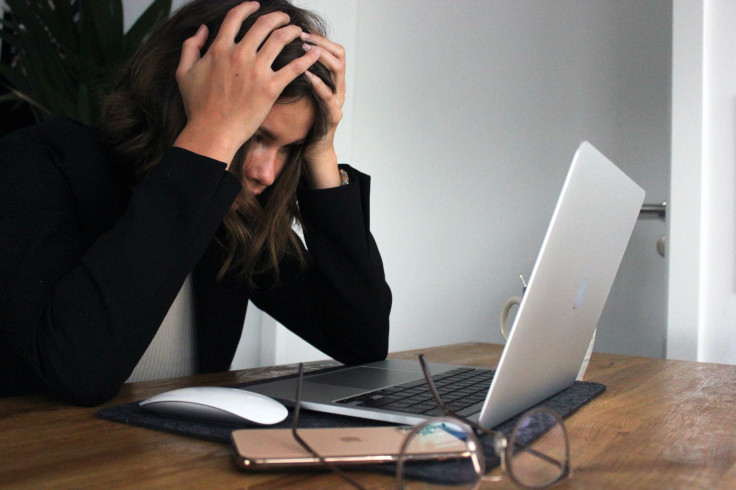UK's pandemic-led online shopping boom phasing out as online sales drop by 3.3% in May
In May alone, online sales declined by 3.3 per cent. The figures highlight how non-store sales, that is online sales, were down in three out of four weeks in May.

Online shopping in the UK is experiencing a dip fueled by the cost of living crisis. The situation is such that digital sales across the country have reached their lowest levels since the start of the pandemic. The pandemic and the lockdown ushered in a boom in online shopping which is gradually fading as people find it hard to tackle the cost of living crisis.
BDO figures show that many people have cut down on the goods they used to buy from digital retailers. Retailers like Amazon and Asos are not seeing the buying spree among consumers. In May alone, online sales declined by 3.3 per cent. The figures highlight how non-store sales, that is online sales, were down in three out of four weeks in May. Only in week 2, did online shopping pick back up.
BDO is known for its High Street Sales tracker which monitors the monthly and weekly sales of 85 or more retailers in the UK. It also monitors the sales of 10,000 or individual stores in the country. Since they are high street stores they are a good indicator of the trading conditions of the country.
Is it the end of online shopping?
Comparing this data with the data from the Office for National Statistics (ONS) from 2021 during the pandemic, one can see that the boom in online shopping is fanning out. During that time, as the high street stores were inaccessible to consumers due to the lockdown, making online shopping became popular. As such online sales made up 35.2 per cent of retail sales in January 2021. This was the highest record for online sales at that time, showing a steep rise from 29.6 per cent in December 2020 and 19.5 per cent in January 2020.
Now that the pandemic is over and in-store business has been restored, online shopping is declining. The high inflation and the cost of living crisis have further added to the problem. Many people in the country are finding it difficult to maintain personal finances which is making them forgo some of their shopping habits. This has taken a toll on the high street retailers. However, these high street retailers are experiencing a meagre 1 per cent growth in-store sales throughout the month.
Out of all the markets, the homeware market is suffering the most in this cost-of-living crisis shock as people are cutting down home improvement shopping to cope with the cash crunch. In May, the like-for-like sales for the homeware market declined by 9.2 per cent.
First negative growth in the fashion sector
Although the fashion sector fared relatively better than all other sectors, it can be attributed to the approaching summer.
This season always brings a boom in the fashion sector sales but even that is dwindling this time. In May, the like-for-like sales in the fashion sector went down by 1.5 per cent. Compared to that it was 27.6 per cent last year. This is the third consecutive month the fashion market has shown poor results. Also, this marks the first time the fashion sector has registered negative growth in sales in the last two years.
What does this mean?
LFLs are an absolute value and therefore, given the high inflation rates, these figures suggest significant drops in volumes.
Speaking about the report, the head of retail and wholesale at BDO, Sophie Michael said that this means a decrease in the volumes of sales.
With three Bank Holidays last month and the fact that footfall has increased compared to this time last year, these results highlight the huge pressure on the consumer purse.
She further underlined how the increase in the bank holidays could be a reason behind the pressure on consumers.
The retail scene has become more competitive as retailers are no longer fighting for existence with their own market competitors but that of others as well. So, they are competing with the leisure and hospitality sectors for every pound of consumer spending. This decline in online sales is so stark that it has set a record.
The drop in online sales is also stark, recording the worst online sales results on record with the exception of the months impacted by the Covid-19 pandemic.
© Copyright IBTimes 2025. All rights reserved.






















